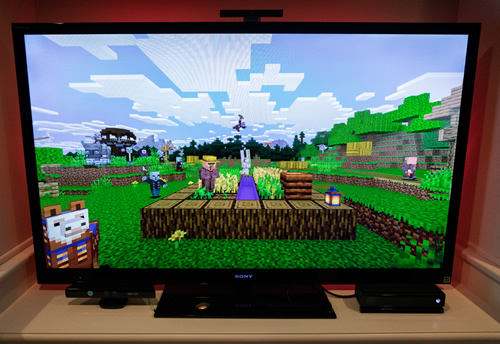Minecraft, which hit its 10-year anniversary this year, is currently the second best-selling video game ever—only beat out by Tetris. The game is what’s called a “sandbox,” where players move around freely and use pixelated “blocks” to build whatever they want, from functioning virtual computers to a replica of the entire country of Denmark. Over 100 million people play the game, and estimates suggest that kids under 15 are the biggest demographic.
As with many trends that become massively popular among kids, K–12 educators can’t help but take notice of the game. And yet, Minecraft generally hasn’t gone the way of Tamagotchis and other fads that get banned from school. Instead, ideas abound for integrating Minecraft into the classroom.
Related content: 5 ways to use Minecraft in the classroom
Disruptive Innovation Theory explains how rudimentary products and services take root at the margins of a market, and improve over time to compete in the mainstream market by enabling greater access, affordability, and flexibility. In light of Minecraft’s migration from outside school walls to inside classrooms, could Minecraft disrupt traditional instruction? The answer hinges not only on the game itself, but on how and why educators leverage it to shift instruction.
At the classroom margins: not your standard edtech tool
When Minecraft took off as a popular game in 2011, it racked up players, and also began to gain a reputation as a space where kids were learning together. Parenting experts lauded Minecraft’s subtle ways of helping kids learn about resource management, patience, perseverance, and teamwork. Informal learning communities launched Minecraft summer camps or library-sponsored competitions. Minecraft was emerging as a learning platform that was never designed to compete with edtech—in many ways because its first priority was to appeal to players’ own interests, not to teach them something predetermined by the creators.
- Are substitutes the answer to the teacher shortage? - June 13, 2023
- Preparing for ransomware attacks begins with education - June 13, 2023
- How to use UDL-inspired technology to reengage students - June 12, 2023

